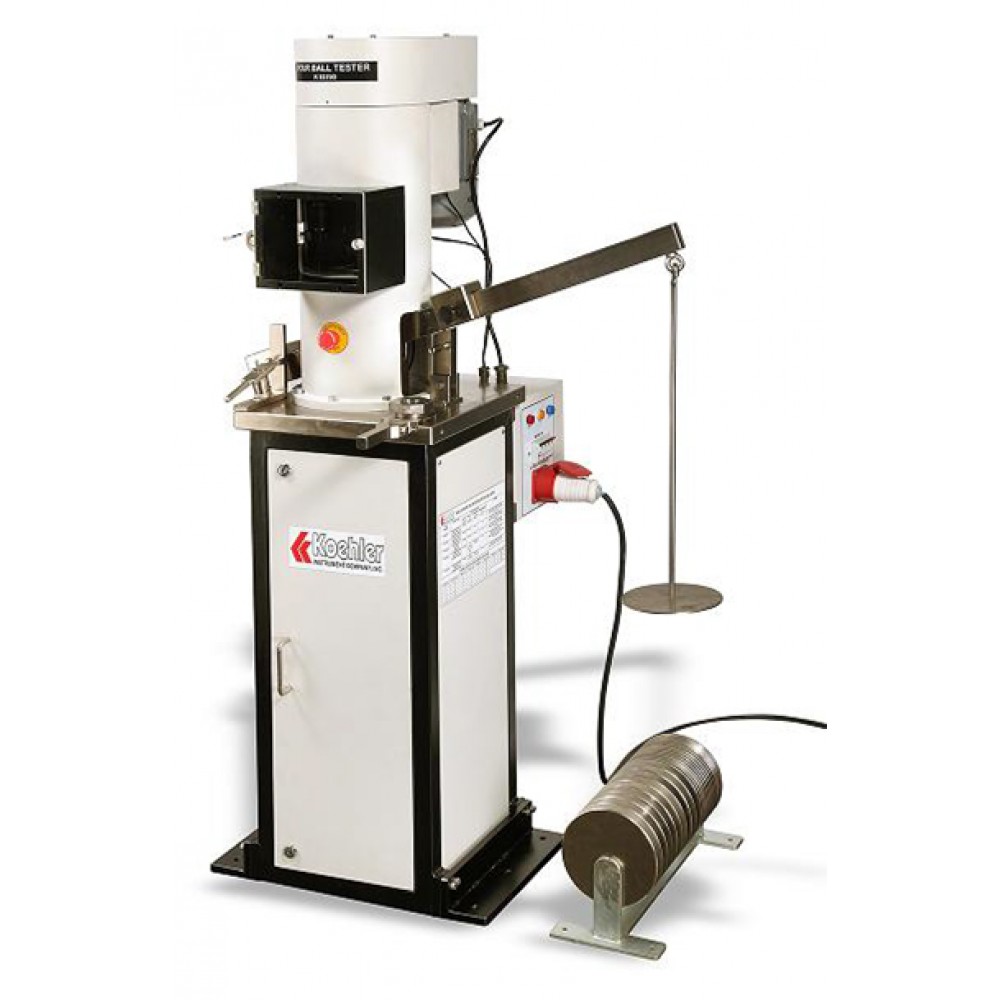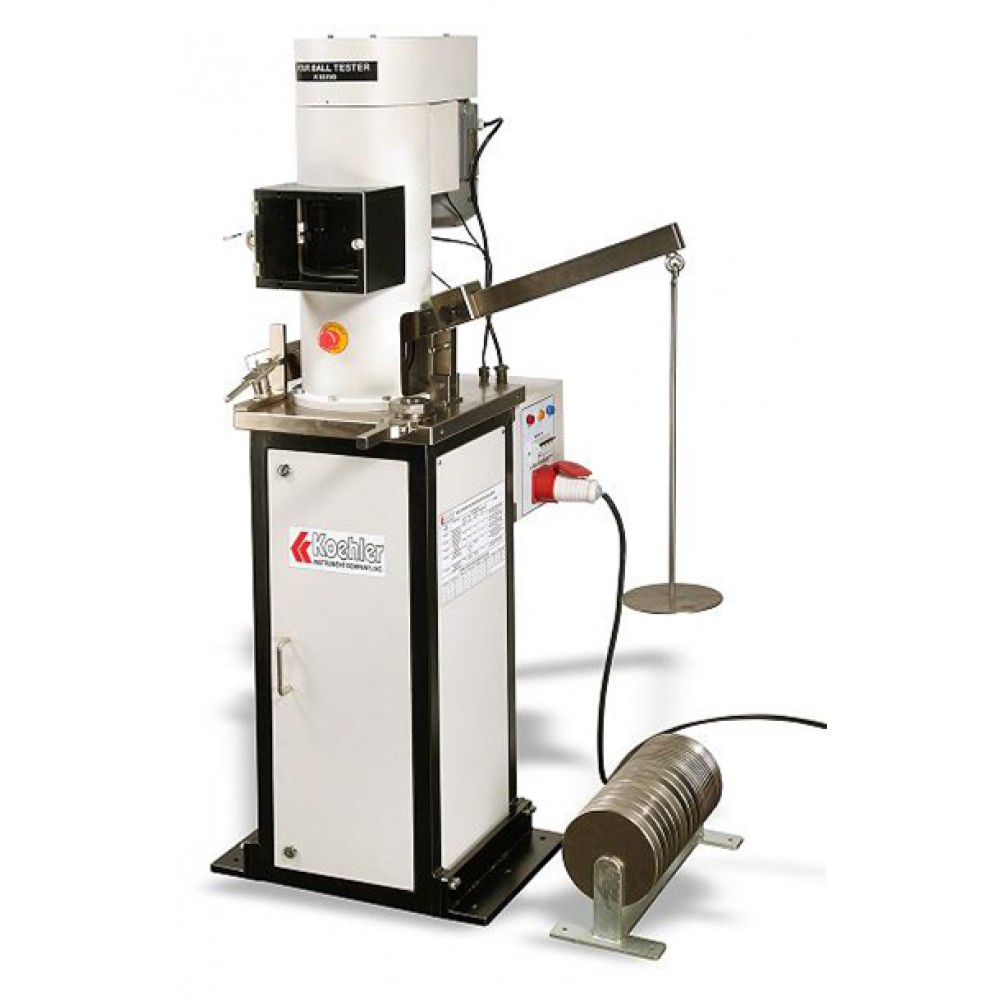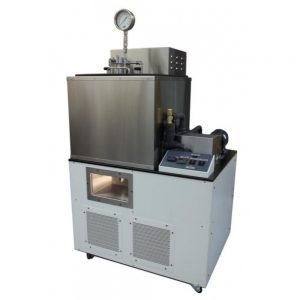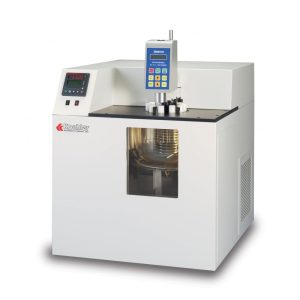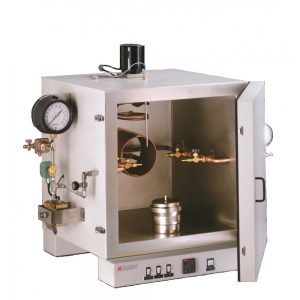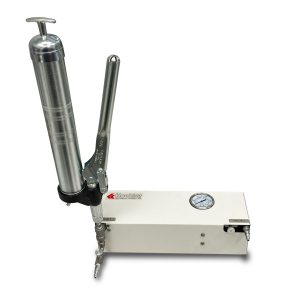Descripción
El probador de cuatro bolas realiza análisis preventivos de desgaste (WP) y de presión extrema (EP) para medir las propiedades de desgaste y fricción de los lubricantes en condiciones de prueba de deslizamiento de acero sobre acero. Las pruebas se realizan de acuerdo con los últimos métodos publicados por ASTM e IP. La carga normal en el conjunto de bolas y el par de fricción se miden a través de celdas de carga. Los datos se procesan y almacenan utilizando un paquete avanzado de software de adquisición y procesamiento de datos. Los resultados de las pruebas se pueden representar gráficamente y comparar, así como exportar a otros programas. Las marcas de desgaste en las bolas de acero se miden y registran con un microscopio digital de alta resolución disponible como accesorio recomendado para el probador de cuatro bolas.


